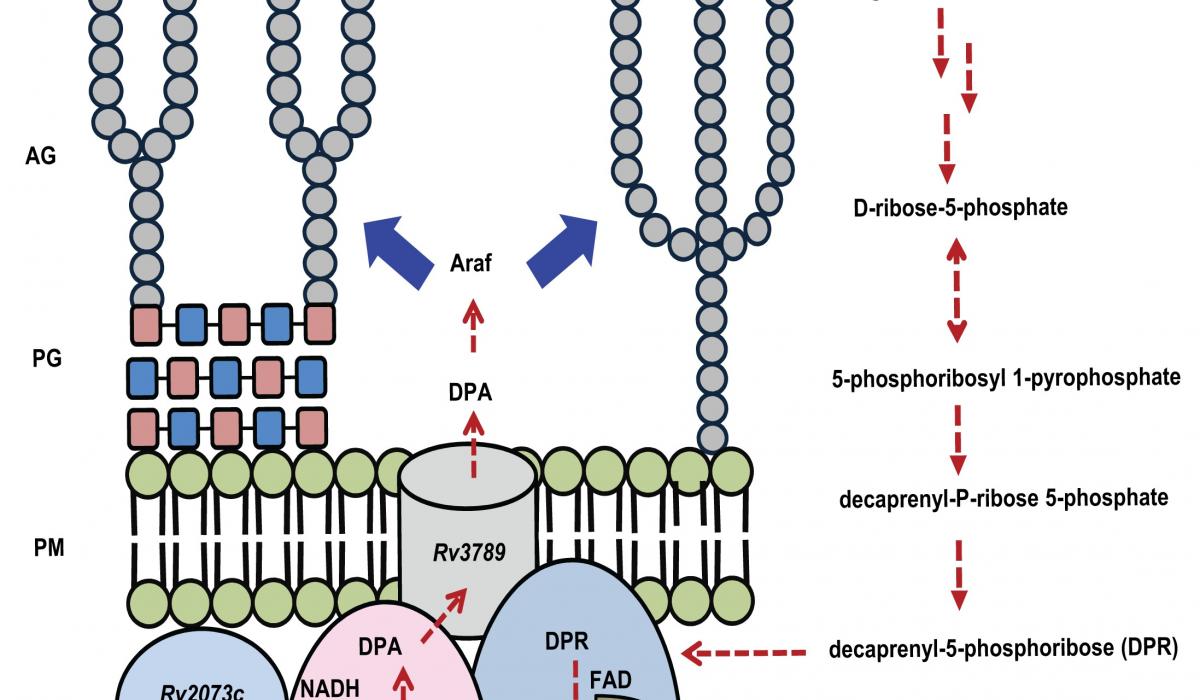
Isha Bhutani
Institute of Microbial Technology - CSIR
The enzymes decaprenylphosphoryl-β-D-ribose oxidase (DprE1) and decaprenylphosphoryl-β-D-ribose-2-epimerase (DprE2) catalyze epimerization of decaprenylphosporyl ribose (DPR) todecaprenylphosporyl arabinose (DPA) and are critical for the survival of Mtb. Crystal structures of DprE1 so far reported display significant disordered regions and no structural information is known for DprE2.
We used homology modeling, protein threading, molecular docking and dynamics studies to investigate the structural and dynamic features of Mtb DprE1 and DprE2 and DprE1-DprE2 complex.
A three-dimensional model for DprE2 was generated using the threading approach coupled with ab initio modeling. A 50 ns simulation of DprE1 and DprE2 revealed the overall stability of the structures.
Principal Component Analysis (PCA) demonstrated the convergence of sampling in both DprE1 and DprE2. In DprE1, residues in the 269–330 area showed considerable fluctuation in agreement with the regions of disorder observed in the reported crystal structures. In DprE2, large fluctuations were detected in residues 95–113, 146–157, and 197–226.
The study combined docking and MD simulation studies to map and characterize the key residues involved in DprE1-DprE2 interaction. A 60 ns MD simulation for DprE1-DprE2 complex was also performed. Analysis of data revealed that the docked complex is stabilized by H-bonding, hydrophobic and ionic interactions.
The key residues of DprE1 involved in DprE1-DprE2 interactions belong to the disordered region. We also examined the docked complex of DprE1-BTZ043 to investigate the binding pocket of DprE1 and its interactions with the inhibitor BTZ043. In summary, we hypothesize that DprE1-DprE2 interaction is crucial for the synthesis of DPA and DprE1-DprE2 complex may be a new therapeutic target amenable to pharmacological validation. T
he findings have important implications in tuberculosis (TB) drug discovery and will facilitate drug development efforts against TB.
REFERENCES:
Bhutani, I., Loharch, S., Gupta, P., Madathil, R., & Parkesh, R. (2015). Structure, Dynamics, and Interaction of Mycobacterium tuberculosis (Mtb) DprE1 and DprE2 Examined by Molecular Modeling, Simulation, and Electrostatic Studies. PLoS One, 10(3), e0119771. doi: 10.1371/journal.pone.0119771
